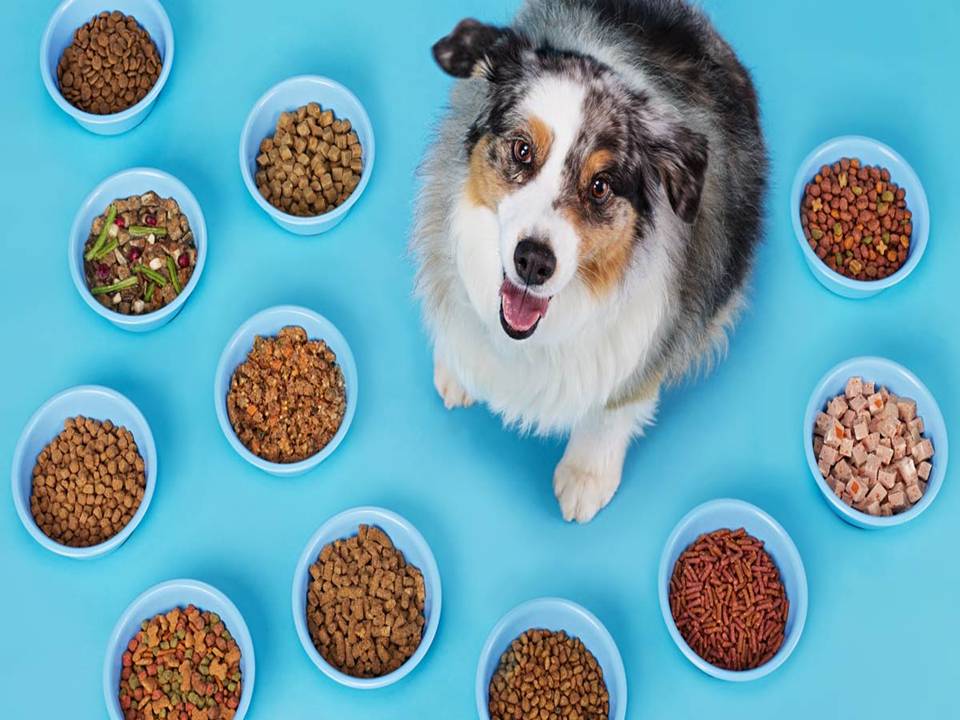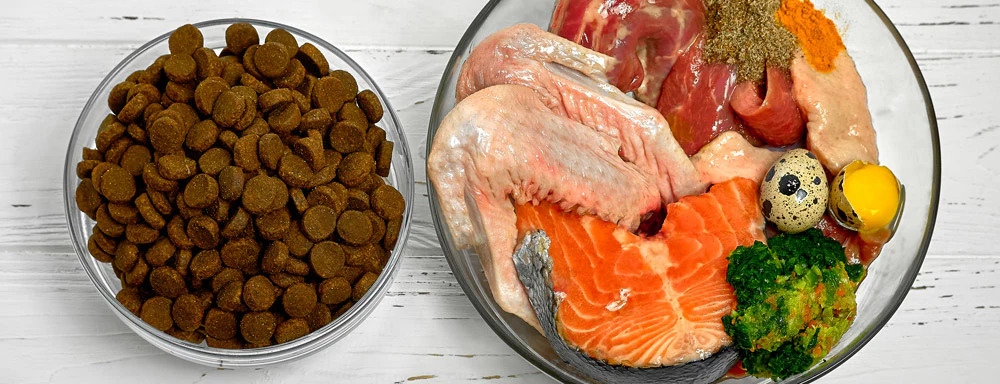A Journey through the Evolution of Dog Nutrition
The Perfect Diet for Dogs: For centuries, dogs have shared our lives. Their diet has transformed dramatically, reflecting our changing understanding of their needs. This journey takes us from the scraps of ancient hearths to the science-backed bowls of today.
The Ancestral Diet
The earliest dogs were scavengers and hunters. They thrived on the leftovers of human camps. This diet included raw meat, bones, organs, and some vegetable matter. People did not formulate special meals. Dogs simply ate what was available. Their diet was variable and directly tied to human success in hunting and gathering.

The Rise of Commercial Food
The industrial revolution changed everything. In the late 1800s, James Spratt introduced the first commercial dog food. It was a simple biscuit made of wheat, vegetables, and beef blood. This innovation offered convenience. Owners no longer relied solely on table scraps. Canned horse meat later became popular, especially after World War II. Companies marketed these products as complete nutrition.
The Dry Kibble Revolution
The mid-20th century saw a major shift. Manufacturers developed dry, extruded kibble. This process allowed grains like corn and wheat to become primary ingredients. Kibble was incredibly convenient and affordable. It dominated the market. However, its high carbohydrate content often strayed from a dog’s natural carnivorous needs.
The Modern Era: Science and Specialization
Today, we understand canine nutrition on a deeper level. Research confirms that dogs need high-quality protein as the foundation of their diet. The market now reflects this knowledge. Owners can choose from grain-free formulas, limited-ingredient diets, and foods for specific life stages. Premium brands focus on real meat, healthy fats, and digestible carbohydrates.
The Raw and Fresh Food Movement
A growing trend looks back to the ancestral diet. The Biologically Appropriate Raw Food (BARF) diet emphasizes raw meat, bones, and vegetables. Proponents believe it mirrors what dogs evolved to eat. Simultaneously, the fresh, human-grade food delivery service has boomed. These services offer gently cooked meals with whole-food ingredients. They prioritize quality and transparency.
The Future of Canine Nutrition
The future points toward personalization. Nutrigenomics explores how a dog’s genes affect its nutritional needs. Companies may soon create diets tailored to an individual dog’s breed, age, and health profile. Sustainability will also play a larger role, with insect-based and lab-grown proteins emerging as eco-friendly options.
Conclusion
The Perfect Diet for Dogs: The quest for the perfect diet continues to evolve. From simple scraps to sophisticated science, our goal remains the same: to provide our canine companions with the best possible nutrition for a long and healthy life.




